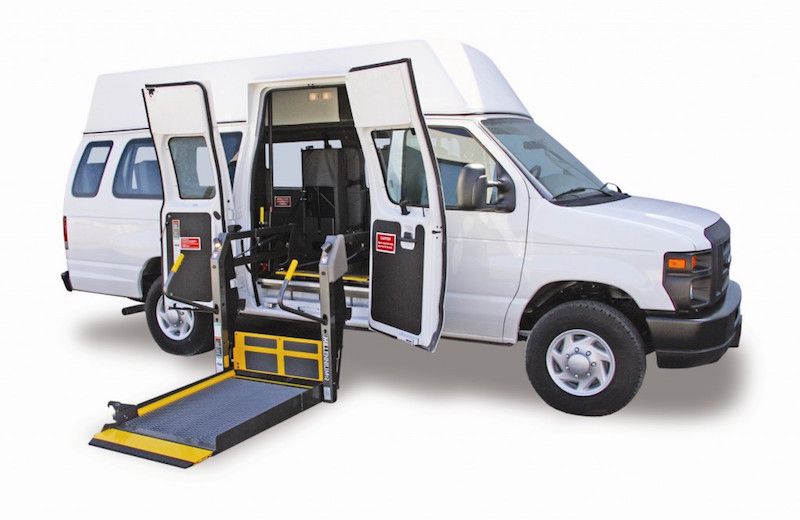The rate of transport by ambulance or other means of medical transport differs from business to business and can total into the thousands of dollars depending on the patient’s situation. What’s more the rates are often broken down and charged on individual additional services, for example, you could be charge additional amounts for using the services on a weekend, then there are loading fees, surcharges for wheelchairs, pick up fees, per mile charges, night calls etc.
Financial Assistance for Medical Transportation
As for financial assistance, depending on your situation, there is a multitude of charities that offer assistance to those who could not afford such transportation. Moreover, if you have Medicaid, in some instances they may cover the cost of transportation. It is important to note that some states may require a co pay for the use of the service, and you may be limited in the number of trips to which you are entitled, but that also depends on the situation. If all else fails there is always an option to use a crowd funding site to raise the funds needed to secure your travel.

Medical Transportation with Insurance Coverage
Some insurance companies will cover the cost of medical transport but it varies from policy to policy and if it is not essential you could be looking at some hefty co-pays. If you are elderly then there is part B coverage that can be purchased in order to meet the cost of the transportation. If you are not sure if your insurance covers such services, check with your provider. The cost of medical transport rates is definitely a major consideration when considering the use of such services but there are many services out there that are ready and able to accommodate your transportation needs. Sometimes individuals need to get to and from a medical appointment that isn’t considered an emergency. The following information describes a variety of non-emergency medical transportation options that are available.
Non-Emergency Medical Transportation
Medicare patients may qualify for non-emergency ambulance transportation if their doctor has provided a written order. This service is normally covered under Medicare Part B. Using an ambulance is often expensive, however, and not always completely covered by insurance. There are other options that an individual can use.
Medical Transportation Without Ambulance
Medical providers are beginning to partner with rideshare services such as Uber to provide transportation. Medicaid also provides non-emergency medical transportation (NEMT). Medicaid transportation services vary from state to state with some states coordinating Medical transportation with a variety of other agencies.
Handicap Transportation Services
Individuals with disabilities sometimes need special equipment for safe and secure transportation. Wheelchair vans are available for those who qualify for Medicaid. There are also private transportation options for those with wheelchairs or disabilities. Wheelchair accessible taxis are available for individuals that live in larger cities.
Private Medical Transportation
There are private options for medical transport that are available as well as those that are public. Throughout the country there are companies that provide medical transportation, usually by some type of van. Many of these transportation options provide a combination of services. Some of them may offer both public and privately paid options as well as handicap services. When choosing non-emergency medical transportation, it is important for individuals to research different non-emergency medical transportation options in their area before needing the service. Costs can vary widely and options may be more limited if individuals wait until only a few days before an appointment to schedule services.